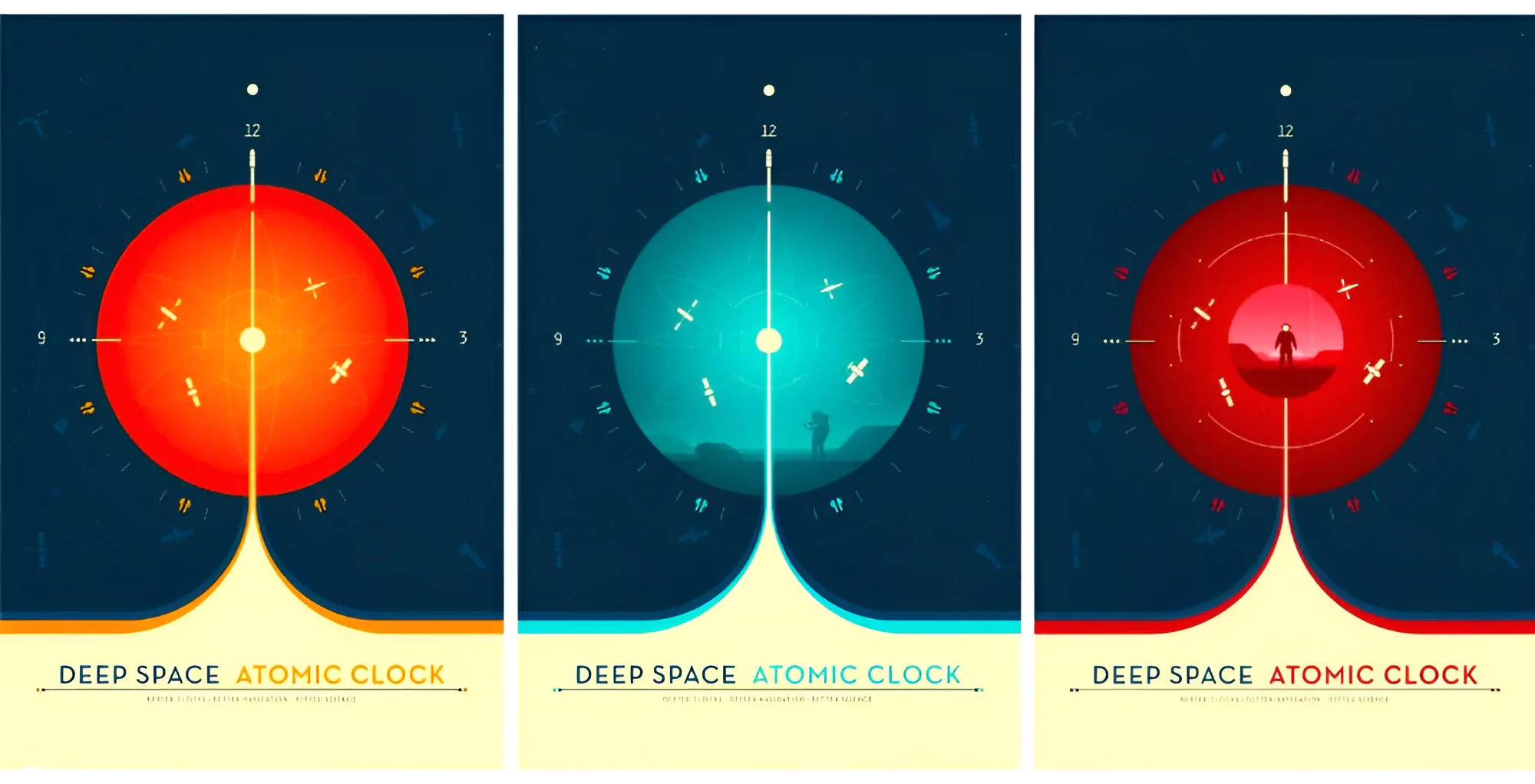Context
India is deploying atomic clocks across the country to synchronize all digital devices based on Indian Standard Time,enhancing uniformity and national security.
India Joins Elite Group with ISRO Rubidium Atomic Clock IRNSS

- India’s ISRO will join an elite club of space agencies of The US, the UK, Japan, and Korea, which uses the Rubidium Atomic Clock in their own GPS Satellites.
- This clock was developed by the Indian Space Research Organisation (ISRO) to be used with the Indian Regional Navigation Satellite System (IRNSS), or NavIC, which was built after the American government refused GPS access to India during the Kargil War.
- Installation of Atomic Clock across the country is Exercised by: National Physical Laboratory (NPL) under Ministry of Science & Technology & Ministry of Consumer Affairs.
- It will ensure ‘One Nation One Time’ by June 2024.
Types of Atomic Clock:
- Cesium Atomic Clock, Hydrogen Maser atomic clock, Rubidium Gas cell atomic clock etc
Atomic Clocks in India:
- Currently Atomic Clocks are in Faridabad and Ahmedabad.
- CSIR-NPL, New Delhi maintains Indian Standard Time with caesium & hydrogen maser atomic clocks.
- They are now setting up atomic clocks in Bhubaneswar, Jaipur, and Hyderabad.
Cesium(55)& Rubidium(37) Atoms:
- They are very stable.
- They have a very specific frequency at which the electrons vibrate and this frequency is used as a basis for atomic clocks timekeeping.
|
Atomic Clock
- An atomic clock is a type of clock that uses the vibrations of atoms to measure time.
- It combines a quartz crystal oscillator with an atom, usually caesium or hydrogen & rubidium ,to measure time precisely.
- It measures time by tracking the resonant frequency (consistent frequency to maintain accurate time) of atoms used in the clock.
- Invented by Louise Essen in 1955.
- It is the most precise clock made that is true to a billionth of a second.
- It is more stable than conventional quartz clocks.
Working of Atomic Clock
- To measure time using cesium atoms, an atomic clock uses a device called ‘microwave cavity’ The microwave cavity is a chamber that is filled with cesium vapor and a microwave signal is then sent to the cavity which causes the cesium atom to vibrate.
- As the cesium atom vibrates it emits radiation at a very specific frequency. This frequency is then detected by a detector which compares it to a standard frequency; the difference between the two frequencies is used to adjust the clock time keeping.
Application of Atomic Clock:
GPS systems, telecommunications networks, and scientific research etc
Indian Standard Time (IST):
- Adopted on: September 1, 1947.
- Feature: A single time zone covering the entire country.
- The calculation of IST is based on 82.5 degrees East longitude, situated close to Mirzapur (Allahabad, UP).
- IST is set at 5.5 hours ahead of Greenwich Mean Time (GMT).
IRNSS/NAVIC:
- ISRO has established a regional navigation satellite system called Navigation with Indian Constellation (NavIC) ; it was earlier known as Indian Regional Navigation Satellite System (IRNSS).
- Objective: To meet the positioning, navigation and timing requirements of the nation.
- Operation:
- NavIC is designed with a constellation of 7 satellites and a network of ground stations operating 24 x 7.
- 3 satellites of the constellation are placed in geostationary orbit, and 4 satellites are placed in inclined geosynchronous orbit.
|
Reasons for India’s Development of Atomic Clocks
- Background for Initiative: The initiative commenced following the denial of Global Positioning System (GPS) information during the Kargil War.
- Independent timekeeping capabilities are deemed crucial for defense, cybersecurity, and online transactions.
- Technological Independence: India aims to reduce its dependence on foreign atomic clocks.The development of indigenous atomic clocks grants India complete control over its navigation systems.
- This control is essential for national security and to ensure technological autonomy.
- Enhanced Security Measures: Efforts are in progress to link atomic clocks via optical cables to fortify security against potential disruptions in emergencies or wartime scenarios.
- This initiative supplements satellite-based time dissemination.
Why Do We Use Atomic clocks to Navigate in Space?
- To Determine Spacecraft Distance: Navigators determine a spacecraft’s distance from Earth by transmitting a signal to it, which is then returned to Earth. The time taken for this round trip reveals the spacecraft’s distance, as the signal travels at the speed of light.
- To Calculate Trajectory: Navigators employ multiple signal transmissions and measurements over time to calculate a spacecraft’s trajectory.
- This process enables them to determine the spacecraft’s current location and predict its future path.
- Precision Time Resolution: Navigators require clocks with extremely high precision time resolution to determine spacecraft positions within a meter.
- These clocks can measure time in billionths of a second, ensuring accurate calculations.over extended periods such as days and weeks.
Also Read: Coordinated Lunar Time: An Unified Time Standard for the Moon
To get PDF version, Please click on "Print PDF" button.

